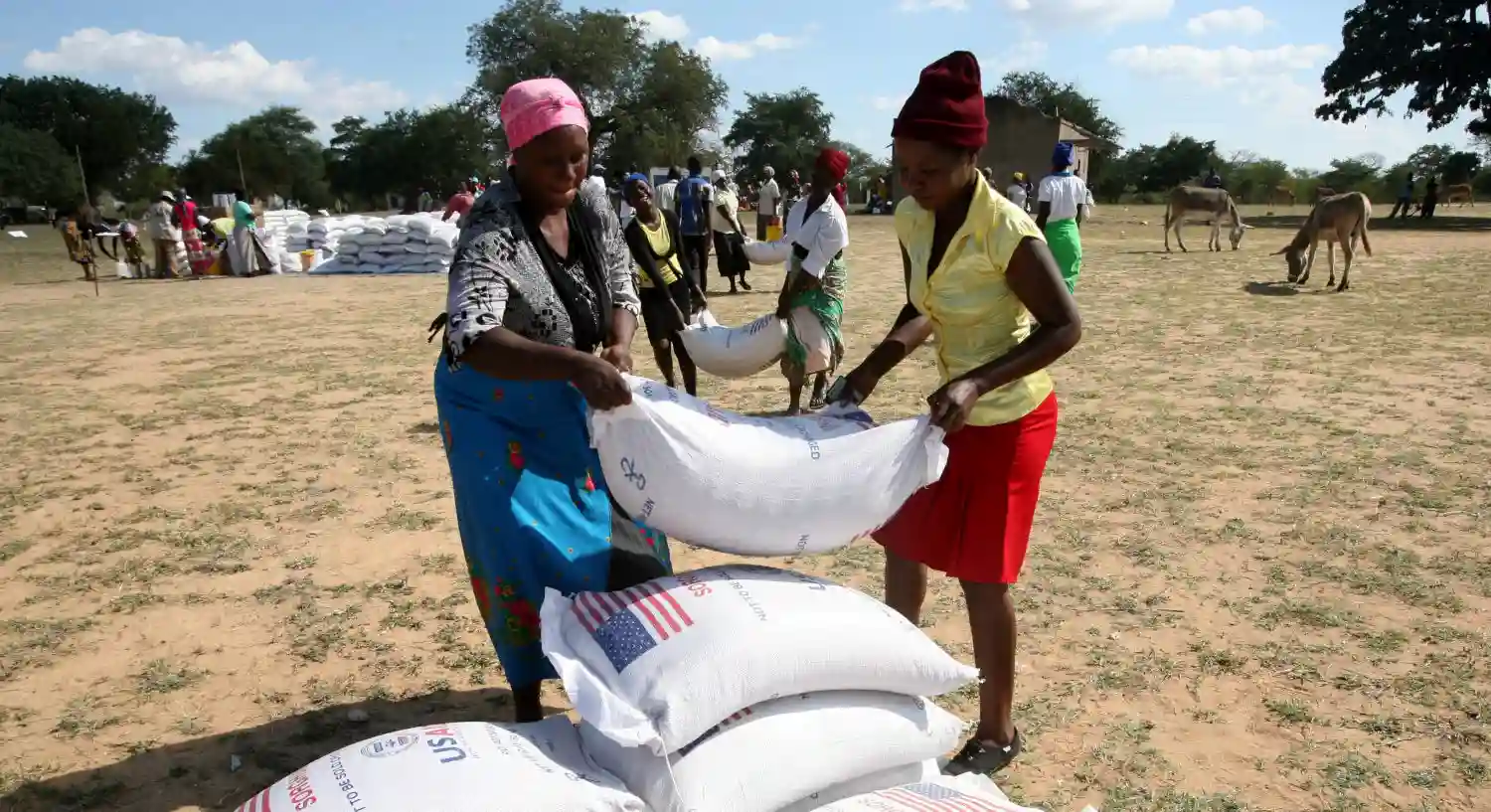The United States Agency for International Development (USAID) is set to provide US$11.27 million in aid to the World Food Programme (WFP) to assist Zimbabwe in mitigating the challenges posed by the anticipated El Nino-induced drought.
The funds will ensure that approximately 230 000 of the most vulnerable people in various districts in the country will access adequate food assistance during the January to March 2024 lean season.
The listed districts that will benefit from the program are Mwenezi, Mangwe, Chivi, and Buhera.
Mwenezi and Chivi are in Masvingo Province, Mangwe is in Matabeleland South Province, and Buhera is in Manicaland Province.
CITE reported WFP Zimbabwe Representative and Country Director, Francesca Erdelmann, as saying the funds will ensure that people in rural areas will meet their nutritional needs. She said:
Our goal is to ensure that everyone in the country has access to nutritious foods and can consume the recommended amounts. The assistance we are acknowledging today, which includes cereals, pulses and fortified vegetable oil, is an important contribution to helping the most vulnerable people in rural areas to meet their nutritional needs. I would like to thank USAID for their significant contribution, which undoubtedly saves lives.
As WFP delivers assistance this lean season and beyond, it will continue to enhance its monitoring to best serve vulnerable families across the country. Furthermore, WFP will actively engage communities to strengthen their resilience against the anticipated El Niño drought.
This involves creating valuable assets such as boreholes, reservoirs, and drip irrigation systems and providing drought-resistant seeds to smallholder farmers.
The funding from USAID will enable WFP to complement the Government-led Food Deficit Mitigation Strategy Programme, which will assist 2.7 million people in all districts across Zimbabwe.
According to the Zimbabwe Vulnerability Assessment Committee (ZimVAC) report, 26 per cent of the rural population will not have enough cereal for consumption and need more than 100 000 metric tonnes of maize during the peak period.
More: Pindula News

